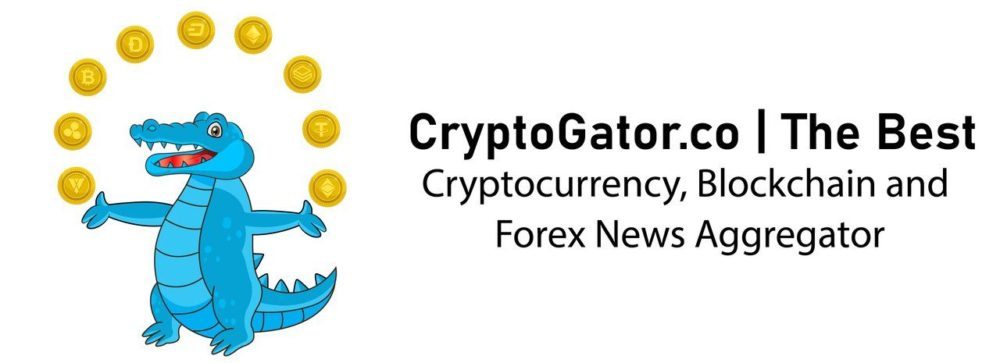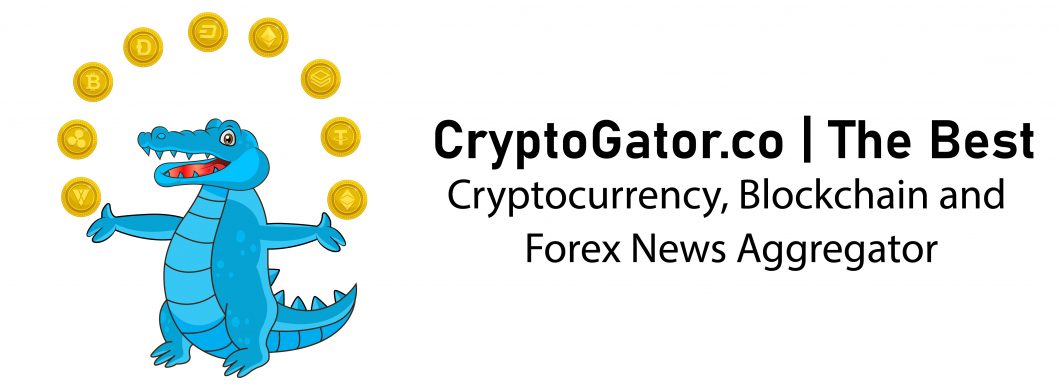<p>The global foreign exchange (forex) trading market touched $7.5 trillion in average daily transactions last April, which is a 14 percent increase from the same month in 2019. It was an all-time high for the FX market amid volatility across global markets.</p><p>The market grew by 30 percent in the last official numbers <a href=”https://www.bis.org/press/p221027.htm” target=”_blank” rel=”nofollow”>published</a> by the Bank for International Settlements (BIS) in 2019, while the figure contracted by 5 percent in 2016.</p><p>“The growth in <a href=”https://www.financemagnates.com/thought-leadership/how-to-get-started-trading-forex/” target=”_blank”>trading</a> volumes between 2019 and 2022 reflected greater interdealer trading,” the BIS’ report stated. “This uptick in interdealer trading may have reflected the elevated volatility in currency markets in April 2022.”</p><p>Indeed, the interest rate hikes of the global monetary regulations to fight inflation and other macroeconomic factors, including geopolitical tensions, have severely affected the international currency market this year.</p><p>Forex spots and <a href=”https://www.financemagnates.com/terms/s/swaps/” target=”_blank” id=”57f9fe3b-bac0-4398-a6fb-7d64daaa40b3_1″ class=”terms__main-term”>swaps</a> remained the favorite instrument as they turned a bulk of the total turnover. While the global turnover of swaps strengthened from 49 percent to 51 percent, spot instruments slipped by two percentage points to 28 percent. On the other hand, the turnover of <a href=”https://www.financemagnates.com/terms/f/fx-forwards/” target=”_blank” id=”02b09d14-8b26-4613-8bf4-a9ae4b954511_1″ class=”terms__secondary-term”>FX forwards</a> remains unchanged at 15 percent.</p><p>As the US dollar recently touched an all-time high value against several other currencies, including the euro and yen, it remained on one side of the pair in 88 percent of all FX trades in April. The position of the euro, yen and pound sterling remained unchanged as the next major currencies.</p><p>However, the Chinese renminbi rose to be the fifth most-traded currency (from eighth in the previous survey) as its market share jumped by 7 percent.</p><p>London Losing Dominance?</p><p>The city of <a href=”https://www.financemagnates.com/forex/analysis/united-kingdom-is-the-top-retail-fx-hub-losing-its-charm/” target=”_blank”>London</a> remained the largest forex market in the global yet in another year: it has maintained its dominance since the 1980s. However, its market share dropped to 38 percent from 43 percent in 2019.</p><p>Meanwhile, other jurisdictions observe a rise in their forex activity market share. The US came in second with 19 percent from 17 percent. <a href=”https://www.financemagnates.com/forex/analysis-forex-traders-from-singapore-spend-more-than-1743-on-their-first-deposit/” target=”_blank”>Singapore</a> also strengthened its position in Asia with a market share of 9.4 percent from 7.7 percent.</p><p>However, forex market activities in Hong Kong and Japan witnessed a downturn to 7 percent and 4 percent, respectively.</p><p>“The strong growth in FX volumes in the last three years is a direct outcome of concerted efforts by key FX industry players to set up electronic FX trading and matching engines in Singapore,” said Lim Cheng Khai, the Executive Director of MAS’ Financial Markets Development Department.</p>
This article was written by Arnab Shome at www.financemagnates.com.



